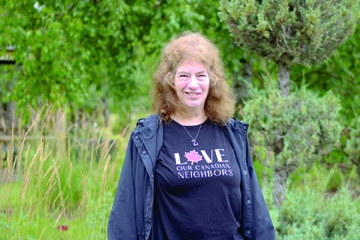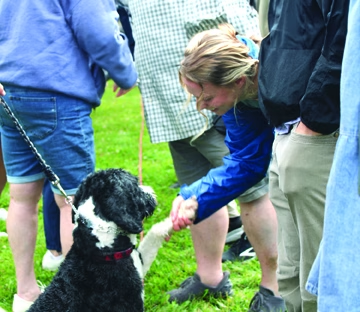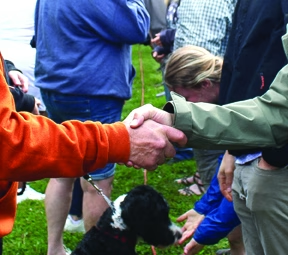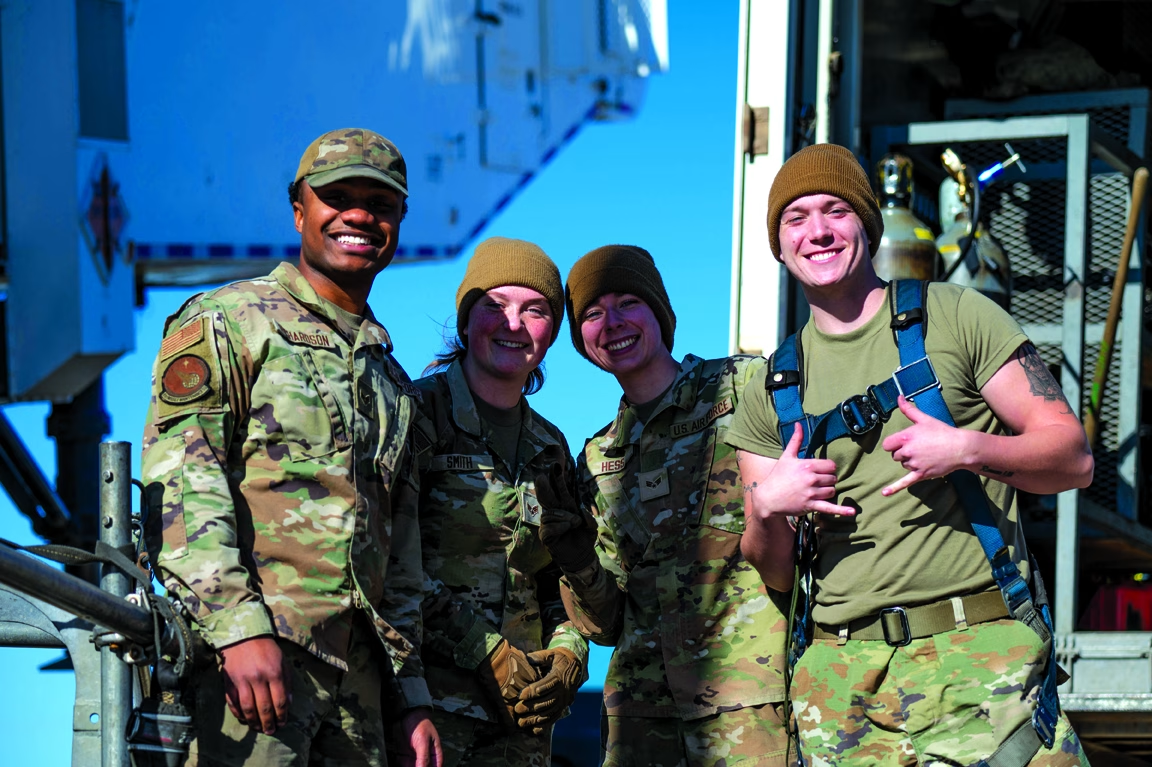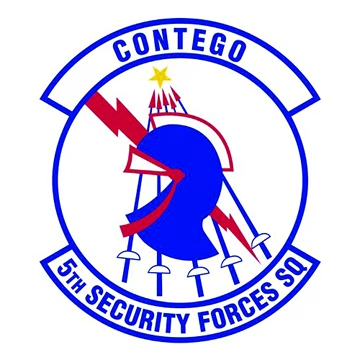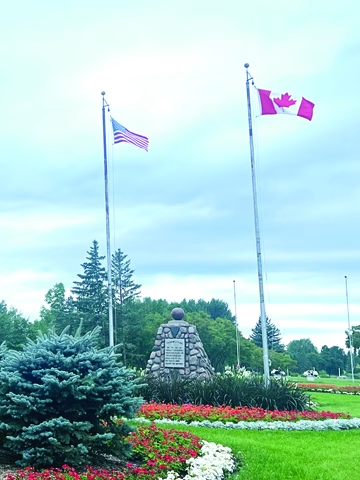
On the morning of August 9, 2025, beneath a gray, drizzling sky, a quiet sense of anticipation settled over the International Peace Garden. The day began with rain, but almost as if nature itself understood the significance of the event, the clouds began to part just as the event was set to begin, clearing the way for a celebration that would bring two nations quite literally hand in hand.
This year marked the first Handshake Across the Border, a symbolic and heartfelt gathering at the garden that sits directly on the U.S.–Canada border, between North Dakota and Manitoba. The purpose was simple yet powerful: to bring people from both countries together in a moment of unity, reflection, and celebration.
Despite the early morning rain, spirits weren’t dampened. As the event officially began, the drizzle slowed to a light mist, and soon smiles, laughter, and conversation replaced the quiet sound of falling raindrops.
The International Peace Garden, founded in 1932, has long stood as a living testament to the enduring friendship between Canada and the United States. It spans 2,339 acres of manicured gardens, natural forest, and symbolic monuments, with no fencing dividing the two countries, just a physical and emotional reminder of peace and cooperation.
This year’s Handshake Across the Border felt especially timely as international relations have been marked with tension and division recently.
Tim Chapman, CEO of the International Peace Garden, shared the vision behind the event in an interview with the Northern Sentry.
“This was something we wanted to put together this year, given the political rhetoric of both nations,” Chapman explained. “This place is meant to bring people together, and we felt it was time to create something that symbolized that in a very real, human way.”

When asked whether an event like this had ever been held before, Chapman said no one on the current staff could recall anything similar. “Maybe a few decades ago there was something close, but not quite like this. We hope it becomes an annual tradition.”
For Chapman, the importance of the event goes beyond symbolism. He highlighted real-world examples of cross-border cooperation that often go unnoticed. “Our military and first responders are a great example of how the U.S. and Canada work together. Things like NORAD, joint disaster response, and fighting wildfires, Canada helps America, and vice versa.”
One of the most powerful aspects of the event was the wide range of people who came from both sides of the border, each with a unique story and reason for attending. Many came out of curiosity. Others, like two women from Bismarck, North Dakota, came with deeper intentions.
“We haven’t been to the Peace Garden in years,” one of them shared, “but the handshake event is what brought us back today.”
Her voice trembled slightly as she explained further: “I just feel awful about the way Canada has been treated lately. We’re here to support our neighbors because they have been great neighbors for a long time.”
The emotion in her words captured the essence of the day: this wasn’t about politics or policy, it was about people. About showing up, reaching out, and being human together.
Another compelling voice at the event was Ken Pilon, a United States Marine Corps and National Guard veteran with deep ties to both countries. His story is a living example of the interconnectedness that defines the U.S.–Canada relationship.
“I served four years in the Marine Corps and three years in the National Guard during the Desert Storm era,” Pilon shared. “I’m originally Canadian. My mom married a U.S. immigration officer, so we moved here, and I’ve been here ever since.”
When asked what brought him to the event, Pilon didn’t hesitate: “Just to show people that we can still get along. Things are kind of divided nowadays. I have family in Canada and the U.S., so I see both sides.”
He paused before continuing, adding a philosophical note: “It’s kind of interesting to see both perspectives. Of course, we have ours, but they get upset with things too. I try to stay neutral, see things clearly. This event is nice because we get to see two nations come together. Sometimes I wonder, our border is so big and hard to protect… Should we even have a border at all, or should we just be one?”
His remarks struck a chord with many attendees who, like him, straddle two identities, two countries, and one deeply interwoven history.
Beyond the emotional and political layers of the event, Handshake Across the Border was also simply a joyful community gathering. Local vendors lined parts of the garden, offering handmade goods and delicious food. Families participated in a cross-border scavenger hunt, children ran among the flowers, and strangers struck up conversations that turned into friendships.
There were hugs, handshakes, and photos taken right on the border line. People asked each other where they were from, discovered mutual connections, and shared stories of past visits to the garden.
It was clear that the event had touched something deeper, a desire for connection that transcends national identity. Many attendees lingered long after the official programming had ended, soaking in the atmosphere and submerged in conversation.
If Chapman and his team have their way, Handshake Across the Border is just the beginning.
“We’re hoping that every year we can get it bigger and bigger,” he said. “This event shows what’s possible when we put human connection first. It’s about neighbors showing up for neighbors.”
As the sun finally peeked through the clouds in the late afternoon, casting warm light over the border line that cuts through the garden, it illuminated more than just the landscape, it shone on a moment of hope.
A handshake may be a simple gesture, but on this day, in this place, it meant everything.
